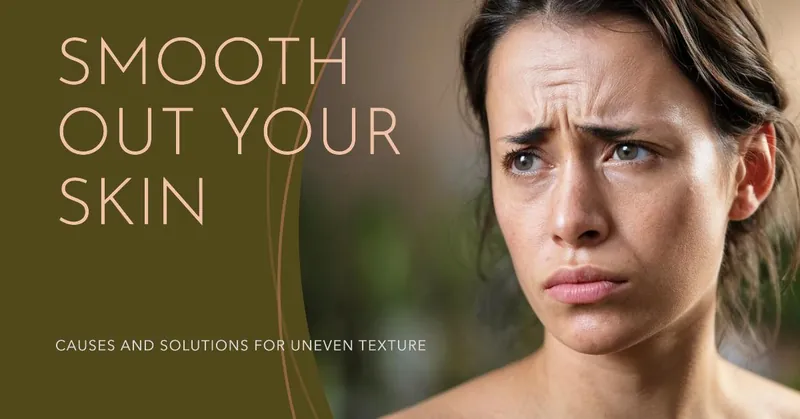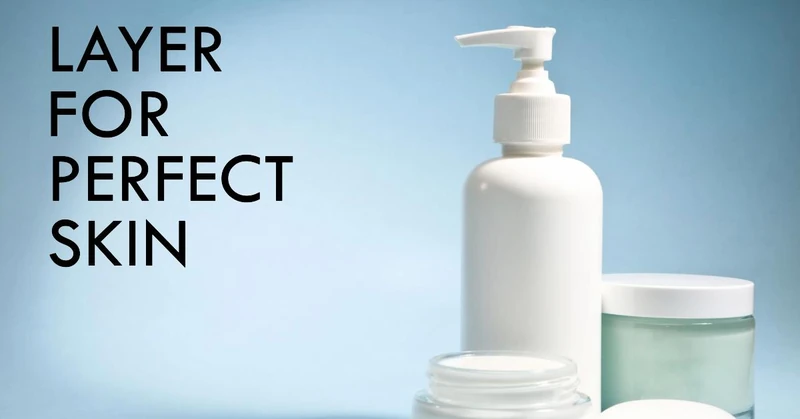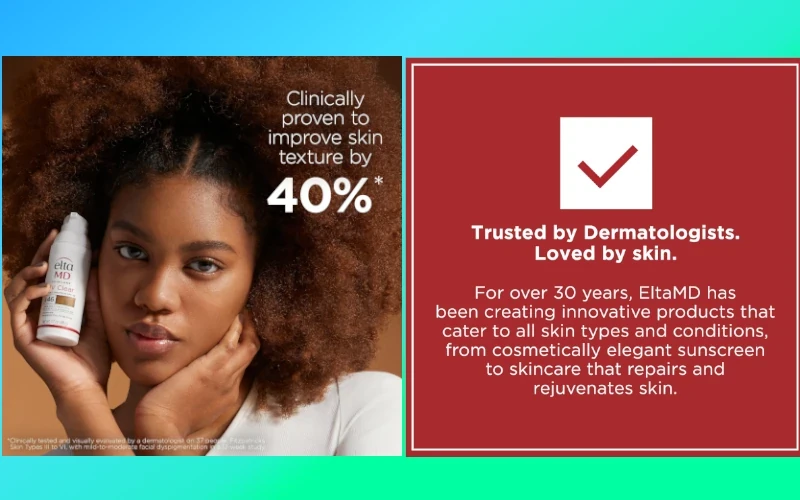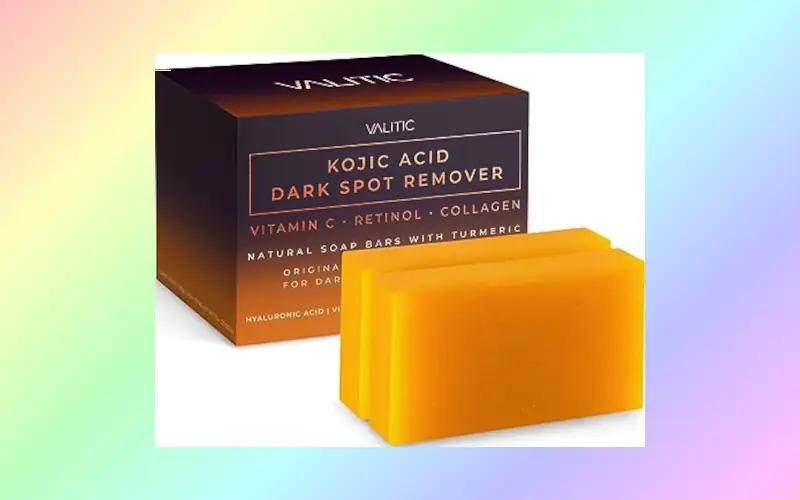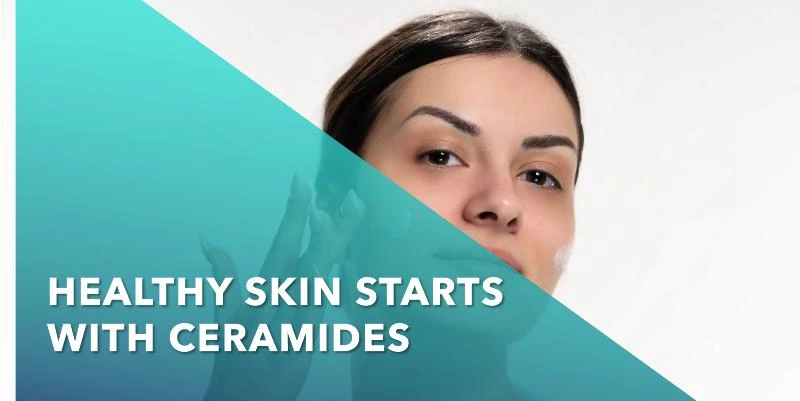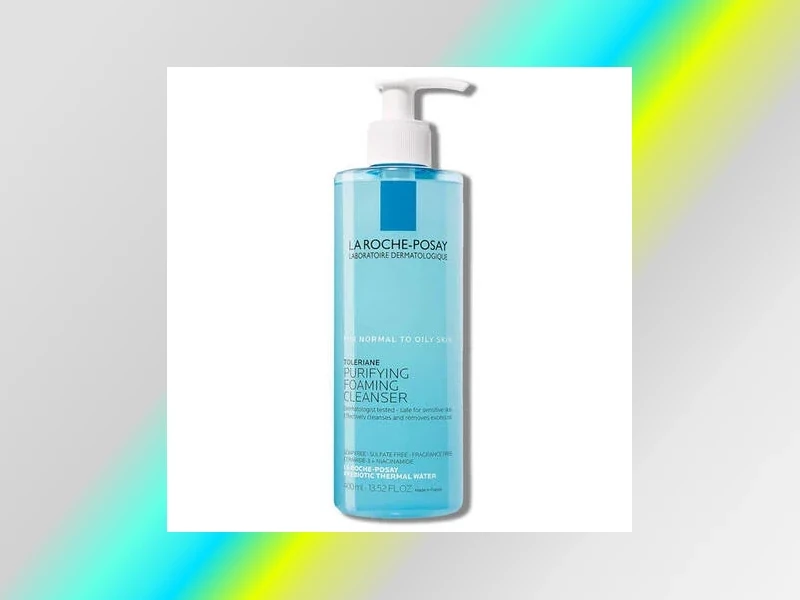LED Light Therapy vs Other Light-Based Treatments: A Comparative Analysis

There are many different ways to use light to help people with their skin. It can be a little confusing because there are lots of names like LED, laser, and IPL. These are all types of light-based facial treatments that can make the skin look better. Each one has its special way of working and helps with different skin problems.
Sometimes, it’s hard to know the difference between LED light therapy and laser treatment for skin. Or you might wonder about comparing LED therapy vs IPL for anti-aging benefits. There are even questions like Is LED light therapy better than photodynamic therapy for acne?
This article will help make things clearer. We will look closely at LED light therapy and compare it to other treatments like laser skin resurfacing, IPL photorejuvenation, and even something called photodynamic therapy for skin conditions. We will talk about how they work, what they are used for, how safe they are, and how much they cost.
It’s important for people who work with skin to understand these differences. Knowing which dermatological light therapies are best for different problems can help them give their clients the best results and make them happy. It also helps them decide which machines to buy for their business.
By the end of this article, you’ll have a better idea of which light-based treatment is best for wrinkles: LED, laser, or IPL. We will also think about things like what kind of skin problem someone has, what they want the treatment to do, what their skin is like, how much money they want to spend, if they can have some downtime after treatment, and if they are ready to come back for more treatments. This will help everyone make good choices about using light to make skin look and feel its best.
Looking at All the Different Light Treatments

To understand all these choices, it helps to know how they are different. One big difference is the kind of light they use. Some lights are like a single color (laser), and some have many colors all mixed together (IPL). Another difference is how strong the light is. Some lights are very strong, and some are gentle. How the light touches your skin is also important. Some lights heat up the skin, and some cause a different kind of change.
People have been using light for healing for a very long time. Even just sitting in the sun (heliotherapy) was an early form of treatment. Over time, scientists learned how to make special kinds of light. For example, a smart person named Albert Einstein had an idea about how to make very focused light, and that led to the first laser! Then, scientists invented the LED light, which is now used for many things, including skin treatments.
Here’s a little more about each type of light treatment:
- LED therapy is like using gentle colored lights on your skin. There are different colors, like red, blue, green, and yellow, and each color can help with different skin problems. This is a non-invasive treatment, meaning it doesn’t hurt or break the skin. You might wonder about what are the side effects of LED light therapy compared to laser treatments. Generally, LED has fewer side effects.
- Laser treatments use a very strong beam of light of just one color. Some lasers remove the top layer of your skin to help with things like scars. These are called ablative lasers. Other lasers heat up the skin underneath without hurting the top layer. These are called non-ablative lasers and can help with wrinkle reduction. You might ask, LED light therapy vs Other Light-Based Treatments like laser for pigmentation removal: which is more effective? Lasers are often stronger for this.
- Intense Pulsed Light (IPL) uses many different colors of light all at once, like a camera flash. It can help with things like spots from the sun and red lines on the face (vascular lesions). People often compare LED therapy vs Other Light-Based Treatments such as IPL for anti-aging benefits.
- Photodynamic Therapy (PDT) is a special treatment where they put a cream on your skin first and then shine a certain light on it. The cream makes bad cells go away. This is sometimes used for bad acne treatment.
- Low-Level Light Therapy (LLLT) uses gentle red and near-infrared light. It can help your body heal faster and feel less swollen. Some people ask, best light therapy for collagen stimulation: LED or laser? Both can help, but they work in different ways.
- Radiofrequency with light is when they use two kinds of energy together – radio waves and light (like LED or IPL). This can help tighten your skin and make it look younger.
It would be helpful to see a picture that shows all these different treatments and how they are different. It could show which ones use one color of light or many, and how strong the light is. This would give you a better idea of all the choices for taking care of your skin with light.
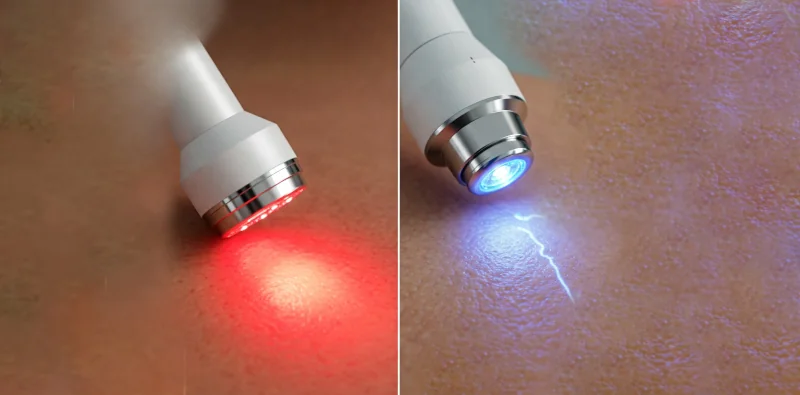
Each of these light-based treatments works in its special way to help your skin. Let’s look at each one:
LED Light Therapy: Imagine using different colored light bulbs on your skin. These lights are not very strong and don’t get very hot. The light from LED therapy has different colors, like red, blue, and green. Each color can tell your skin cells to do different things. For example, red light might help your skin make more of something called collagen, which keeps your skin looking young. Blue light might help kill tiny things called bacteria that can cause acne. This kind of light is gentle, like a whisper to your skin cells. You might wonder, you can combine LED light therapy with laser treatments for better results. Sometimes, yes, but it depends on what you want to achieve.
Laser Treatments: Think of a laser as a very focused and strong beam of light, like a superhero’s beam! It’s all one single color and can be very powerful. Doctors use laser skin resurfacing to remove the top layer of old skin and help new, fresh skin grow. This can help with things like wrinkles and scars. Other lasers are not as strong and just heat up the skin underneath to help it get tighter. People often ask about LED light therapy vs laser for pigmentation removal: which is more effective? Lasers are usually stronger and can work better for getting rid of dark spots. You might also want to know how many sessions of LED light therapy are needed compared to laser. Usually, you need more LED sessions because it’s gentler.
Intense Pulsed Light (IPL): Imagine a camera flash that uses many different colors of light all at once. That’s kind of like IPL photorejuvenation. This light can help with different things at the same time, like fading sunspots and making red lines on your face less noticeable. It uses light that’s not as focused as a laser, but it’s still pretty strong. People often compare LED therapy vs Other Light-Based Treatments like IPL for anti-aging benefits. IPL can be good for this, but so can LED over time. You might also wonder about the downtime after LED light therapy versus IPL treatment. LED usually has no downtime, while IPL might cause a little redness.
Photodynamic Therapy (PDT): This is a special kind of treatment. First, they put a special cream on your skin that makes bad cells sensitive to light. Then, they shine a specific light on it. This light makes the cream kills the bad cells, like the ones that cause bad acne treatment or even some skin problems that could turn into something worse. People sometimes ask if LED light therapy is better than photodynamic therapy for acne. It depends on how bad the acne is. PDT is often used for more serious cases.
Here’s a simple way to think about how strong the light is:
- LED therapy is like a gentle nightlight.
- IPL is like a bright camera flash.
- Laser is like a powerful spotlight.
And here’s a bit about the light itself:
- Laser light is like a single color, like a red laser pointer.
- LED uses specific colors, like different colored light bulbs.
- IPL uses many colors mixed.
Think of it like this:
| Feature | LED Therapy | Laser Treatments | IPL Therapy | PDT |
|---|---|---|---|---|
| Type of Light | Gentle, colored lights | Strong, focused beam of one color | Many colors of light all at once | Special light to activate cream |
| Strength | Low | High | Medium to High | Depends on the light used |
| How it Works | Tells skin cells to do things | Heats up or removes skin | Heats up different things in skin | Cream and light work together to kill bad cells |
| Main Use | Gentle skin improvements, like collagen production | Removing skin, treating deep wrinkles | Fading spots and redness | Treating bad acne and some skin problems |
The different strengths and types of light mean that each treatment is best for different things. Stronger lights like lasers can do more in one treatment, but they might also have more risk of light effects and need more recovery time. Gentler lights like LED therapy might take more treatments to see results, but they are usually very safe and have little to no downtime after treatment. You might even wonder about the cost comparison of LED light therapy and IPL for a full treatment course. Generally, LED treatments might be less expensive per session, but you might need more of them.
What It Feels Like: How Each Treatment Affects Your Skin

When you get a light-based facial treatment, it affects your skin in different ways, leading to different experiences.
How It Works on Your Skin
LED therapy uses gentle light to help your skin without hurting it. It encourages things like more collagen production, reduced swelling (inflammation reduction), and healing. Laser treatments can either remove the top layer of your skin for bigger changes or just heat the skin underneath to make it tighter. IPL photorejuvenation uses flashes of light to target spots and redness without removing the skin’s top layer. Photodynamic Therapy (PDT) uses a special cream and light to target and get rid of bad cells.
How Deep Does It Go?
The light from each treatment penetrates different depths in your skin. Some LED lights and certain lasers can go the deepest. Red LED light usually reaches the middle layer of your skin, while blue light stays closer to the surface. IPL can be adjusted to go to different depths. PDT works where the light can reach the cream on your skin.
How Comfortable Is It?
LED therapy usually feels very comfortable and relaxing. Laser and IPL can feel like a quick snap or sting. Doctors often use cooling or numbing creams to help. PDT might also cause some stinging or burning when the light is on your skin.
Recovery Time
LED therapy has no downtime after treatment. You can go right back to your normal day. IPL and gentler laser treatments might cause a little redness or swelling for a short time. Stronger lasers and PDT can take longer to heal, with redness and peeling that can last for days or weeks. You might wonder about the downtime after LED light therapy versus IPL treatment. LED has much less.
Risks
LED therapy is generally very safe. Laser and IPL have some risks, like burns or changes in skin color, especially if not done right. PDT can make your skin very sensitive to light afterward. You might ask, what are the side effects of LED light therapy compared to laser treatments? LED usually has fewer risks.
Choosing the Right Light: Which Treatment for Which Problem?
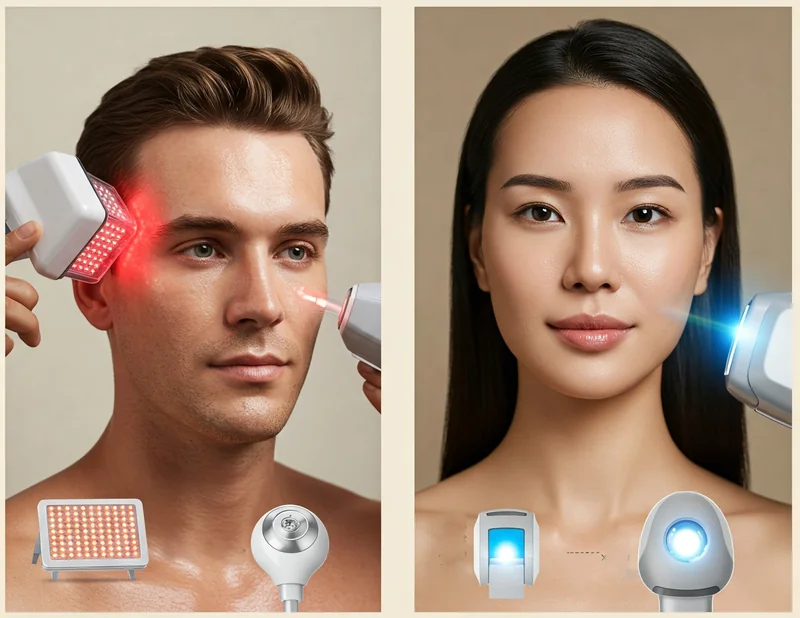
Different skin problems respond best to different light-based treatments.
Anti-Aging
If you want to look younger (anti-aging treatments), LED therapy with red light can gently help make more collagen production. Stronger options like lasers and IPL can be better for reducing wrinkles, especially deep ones. For smoother skin (skin texture improvement), lasers, IPL, and LED therapy can all help. People with fair to medium skin often do well with laser and IPL for anti-aging. LED therapy works for most skin types. You might be comparing LED therapy vs IPL for anti-aging benefits, and both can be good choices.
Acne Treatment
For acne treatment, blue light LED therapy and IPL can kill the bacteria that cause pimples. Some lasers and PDT can also help with oily skin. Red light LED therapy, IPL, and PDT can reduce redness and swelling. LED is good for mild acne, while IPL and PDT are often used for more severe acne. You might wonder, is LED light therapy better than photodynamic therapy for acne? It depends on how bad the acne is.
Pigmentation Issues
To treat dark spots (hyperpigmentation treatment), different lasers, IPL, and PDT can target the color in your skin. Lasers are often very good at removing these spots. You might ask, LED light therapy vs. laser for pigmentation removal: which is more effective? Lasers are usually stronger. Lighter skin types often do well with laser and IPL for this.
Vascular Issues
For red lines and other vascular lesion removal, like from rosacea treatment, certain lasers, IPL, and PDT can help. These target the red color in blood vessels. You might ask, Light-based treatments for vascular lesions: LED, laser, or IPL? Lasers and IPL are often more effective than LED.
Choosing the right light really depends on your specific skin problem and your skin type.
When Will You See Results?
How quickly you see changes in your skin and how many times you need to get a treatment depends on the type of light therapy.
How Many Sessions?
With LED therapy, you usually need to go many times, maybe once a week or even more often, to see your skin slowly get better. Laser treatments often work faster, so you might not need as many sessions. It depends on the laser and what you are treating. IPL therapy is usually somewhere in the middle, often needing about 3 to 6 sessions a few weeks apart. PDT might only need 1 to 3 sessions.
You might ask, how many sessions of LED light therapy are needed compared to laser? LED sessions typically last 20-30 minutes, while laser treatments may take longer, depending on the area treated.
Downtime After Treatment
The time it takes to recover also changes. LED therapy usually has no downtime after treatment, so you can go back to your day right away. IPL and gentler laser treatments might make your skin a little red for a few hours or a day. Stronger treatments like some lasers and PDT can have more downtime, where your skin might be red and peel for days or even weeks. You might wonder about the downtime after LED light therapy versus IPL treatment. LED has much less downtime.
How Long Do Results Last?
The results from LED therapy often happen slowly, and you might need to keep getting treatments to keep seeing the benefits. Laser results can last longer, but they might not be forever. IPL results usually last for a few months to a year, and you might need to get touch-ups. PDT can have long-lasting results for some problems. You might ask about the long-term results of LED light therapy compared to other light therapies. This often depends on the specific concern.
Keeping Up the Results
Most of these treatments need some kind of maintenance treatment to keep your skin looking good. How often you need these depends on the treatment and your skin. It’s important to have realistic expectations about how quickly and how much your skin will improve. Looking at pictures of other people who have had the same treatment can help you understand what to expect.
Is It Safe? What Are the Risks?
Different light-based therapies have different safety levels.
Side Effects
LED therapy is usually very safe, but some people might get a little red, dry, or sensitive skin. Laser treatments have a higher chance of side effects like burns, dark or light spots, scars, pain, and swelling. IPL therapy can also cause burns, spots, redness, and blisters, and people with darker skin might have more problems. PDT can make your skin very sensitive to light after treatment, and you might get red, swollen, or peeling skin. You might ask, what are the side effects of LED light therapy compared to laser treatments? LED generally has fewer side effects.
Who Should Not Get These Treatments? (Contraindications for light therapy)
Some people should not get certain light treatments. If you have skin problems that make you very sensitive to light, like lupus, you might not be able to get LED therapy. Being pregnant can also be a reason to avoid many of these treatments. Some medicines can make your skin more sensitive to light, which could be a problem for IPL and PDT. If you have a history of skin cancer, you should talk to your doctor before getting any light therapy.
Skin Type Matters (Skin types suitable for treatment)
Your skin color can also affect which treatments are safe for you. IPL and some lasers can cause dark spots on people with darker skin. LED therapy is usually safe for all skin types.
Before and After Care
It’s very important to follow instructions before and after your treatment. This might mean staying out of the sun, not using certain skin products, and protecting your skin after the treatment. Avoid retinoids, exfoliants, and harsh products at least a week before and after treatment.
At-Home vs. Professional (Safe at-home LED light therapy vs professional laser treatments)
Professional light therapy uses stronger machines and is done by trained people who know how to adjust the settings for your skin. At-home light therapy devices are usually weaker but can still have risks if you don’t use them correctly. Always protect your eyes during any light treatment.
To make these treatments safer, make sure you talk to a professional, get the right training if you are giving the treatments, use the correct settings for the skin type, do a small test spot first, always wear eye protection, and follow all the instructions carefully.
How Much Does It Cost?
The price of different light-based treatments can vary a lot.
Initial Costs
Buying at-home LED light therapy devices usually costs the least to start. Getting professional LED therapy and IPL treatments costs a bit more. Laser treatments often have the highest starting price. The cost of PDT can change depending on the special cream and the light they use. You might be wondering about the cost comparison of LED light therapy and IPL for a full treatment course. It really depends on how many sessions you need.
Total Treatment Cost
The total amount you spend will depend on how many treatments you need. This is different for each type of light and what skin problem you have. You also need to think about maintenance treatments over time, which will add to the total cost. Buying at-home devices can seem cheaper at first.
Is It Worth the Money? (Cost-effectiveness of light therapies)
To decide if a treatment is worth the cost, you should think about how well it works and how much it costs. More expensive treatments might give you better or longer-lasting results. You should also think about if you’ll need to take time off work or change your daily routine because of the treatment (downtime after treatment). It’s good to look at the big picture, including the first treatments, any follow-up treatments, and how long the results might last.
Paying for Treatments (Treatment Investment)
Usually, health insurance doesn’t pay for treatments that are just for making you look better. But sometimes, if a treatment is for a medical reason, like PDT for skin problems, your insurance might cover some of the cost. It’s always a good idea to check with your insurance company. There might also be ways to get loans or use special credit cards to help pay for these treatments.
Can Treatments Work Together?
Sometimes, using more than one type of light-based therapy can give you even better results than just using one. This is like having a team of helpers for your skin! You might ask, can you combine LED light therapy with laser treatments for better results? Sometimes, yes!
Examples of Combined Treatments (Hybrid light therapy treatments)
For example, using IPL to target spots and redness and then using LED therapy to help your skin heal and make more collagen can be a great way to make your face look younger (skin rejuvenation). LED light therapy, especially the red and near-infrared light, can also help after laser treatments by reducing swelling and helping your skin heal faster. This can make people happier with their results.
Making PDT Better
Photodynamic Therapy (PDT) can also work better if it’s combined with other light treatments. Using the right kind of light with the special cream is important for PDT to work well. Sometimes, doctors might use a gentle laser before PDT to help the cream go deeper into the skin.
The Order Matters
The order in which you get the treatments can also make a difference. For example, a gentle treatment like LED light might be used to get your skin ready for a stronger laser treatment. Or, you might get LED therapy after a stronger treatment to help your skin recover.
If you are thinking about combining different light treatments, it’s a good idea to talk to people who know a lot about them. Ask them about their experience with different combinations, how they do the treatments, and if there’s good proof that these combinations are safe and work well.
How to Choose the Right Treatment
Picking the best light-based facial treatment for you takes some thought.
Questions to Ask Yourself
Think about what skin problem you want to fix. What kind of results are you hoping for? How much money do you want to spend (treatment investment)? How much time can you take to recover (downtime after treatment)? Are you ready to come back for more treatments later (maintenance treatments)? These are all important questions to ask yourself.
Finding a Good Provider
It’s also really important to find someone who knows how to do these treatments safely and well (professional light therapy). You can look for doctors or other trained professionals who have experience with the treatment you are interested in.
Questions to Ask the Provider
Before you get a treatment, make sure to ask the person who will be doing it some questions. Ask about their training, what kind of machine they will use, what results you can expect, what the risks and side effects might be (risk of light therapies), and how to take care of your skin before and after the treatment.
Making the Decision
By thinking about your needs and talking to a professional, you can find the light-based treatment that is the perfect match for you and your skin. Remember that what works for one person might not be the best for another. Consider your skin type suitable for treatment when making your choice.
XI. The Future of Light Treatments
The world of light-based technologies is always changing and getting better (emerging light-based technologies).
New Ways to Combine Treatments (Hybrid light therapy treatments)
Scientists are finding new ways to put different kinds of light and energy together in one machine. For example, some new tanning beds use regular tanning light with red LED therapy to try and make your skin healthier while you tan. The lines between the different types of light treatments are starting to disappear as companies make machines that can do many different things. They might put different colors of light or different kinds of energy together to give you more choices for your skin.
Smart Treatments
Computers and smart programs called artificial intelligence (AI) are also starting to help with light treatments. AI could help doctors and other professionals decide the best settings for your treatment based on your skin and what you want to achieve. This could make the treatments safer and work even better.
What’s Next?
In the future, we will probably see even more personalized light treatments that use different combinations of light and energy to meet each person’s unique needs. Scientists are also working on making LED lights that can go deeper into the skin and target specific problems even better. They are also trying to make laser and IPL treatments safer and more effective for all skin types suitable for treatment. And they are looking for new and better creams to use with PDT. If you work with skin, it’s a good idea to keep learning about these new changes by reading magazines, going to conferences, and talking to experts.
Takeaway: Finding the Right Light for You
So, we’ve looked at a lot of different ways to use light to help your skin. LED light therapy is different from laser, IPL, and PDT because it uses gentle, colored lights that don’t get very hot. It works by telling your skin cells to do good things. Laser treatments use strong beams of light to heat up or remove skin. IPL uses many colors of light all at once. PDT uses a special cream and light to get rid of bad cells.
Main Differences
LED therapy is gentle and usually doesn’t have many risks. Lasers and IPL can give you more noticeable results, but they can also have more risks and might take longer to recover from. PDT is good for specific problems using a special cream and light.
Choosing What’s Best
When you’re trying to decide which treatment is right for you, think about what skin problem you have, what you want the treatment to do, what your skin is like, how much money you want to spend (treatment investment), and if you can take time to recover (downtime after treatment). Remember that sometimes using more than one kind of light treatment together (hybrid light therapy treatments) can give you even better results.
The most important thing is to choose the treatment that best fits what you need and what you hope to achieve, while also making sure it’s safe for you.
Sources:
- LED Light Therapy
https://my.clevelandclinic.org/health/treatments/22146-led-light-therapy - IPL Versus LED Red Light Therapy for Facial Skin
https://naderm.com/blog/ipl-versus-led-red-light-therapy-for-facial-skin/ - The History of Red Light Therapy
https://platinumtherapylights.ca/blogs/news/the-history-of-red-light-therapy - Understanding Laser vs Red Light Therapy
https://strengthchiro.com/blog/understanding-laser-vs-red-light-therapy - Low Level Laser Therapy
https://www.physio-pedia.com/Low_Level_Laser_Therapy - Intense Pulsed Light (IPL) Treatment
https://www.webmd.com/beauty/intense-pulsed-light-treatment-overview - Ablative Laser Resurfacing vs. Non-Ablative Laser Treatments: Choosing the Right Option for You
https://clderm.com/ablative-laser-resurfacing-vs-non-ablative-laser-treatments-choosing-the-right-option-for-you/ - Choosing the Right Light-Based Treatment: LED, Laser, or IPL?
https://discoverheirloom.com/blogs/blog/choosing-the-right-light-based-treatment-led-laser-or-ipl - The Ultimate Checklist For Choosing A Color Light Therapy Clinic Near You
https://www.pleasanthillsanctuary.com/color-light-therapy/the-ultimate-checklist-for-choosing-a-color-light-therapy-clinic-near-you - The role of lasers and intense pulsed light technology in dermatology
https://pmc.ncbi.nlm.nih.gov/articles/PMC4745852/ - Advice for providers: Lasers, IPL devices and LED phototherapy for cosmetic treatments and beauty therapy
https://www.arpansa.gov.au/understanding-radiation/sources-radiation/more-radiation-sources/lasers-and-intense-pulsed-light-1 - Photodynamic therapy (PDT)
https://www.nhs.uk/conditions/photodynamic-therapy/ - Benefits of Radio Frequency and Red Light Therapy on Skin Health
https://www.redlighttherapycenter.com/blog/benefits-of-radio-frequency-and-red-light-therapy-on-skin-health
Trust in your purchase:
Every product featured on our site has been carefully researched and selected based on quality, customer ratings, and positive reviews to ensure you receive excellent value for your money.
Please note:
This post contains affiliate links. If you make a purchase through these links, we may earn a small commission at no additional cost to you. This helps support our site and allows us to continue bringing you valuable content. Thank you!
Thank you for your precious time spent with AestheticThrive.

